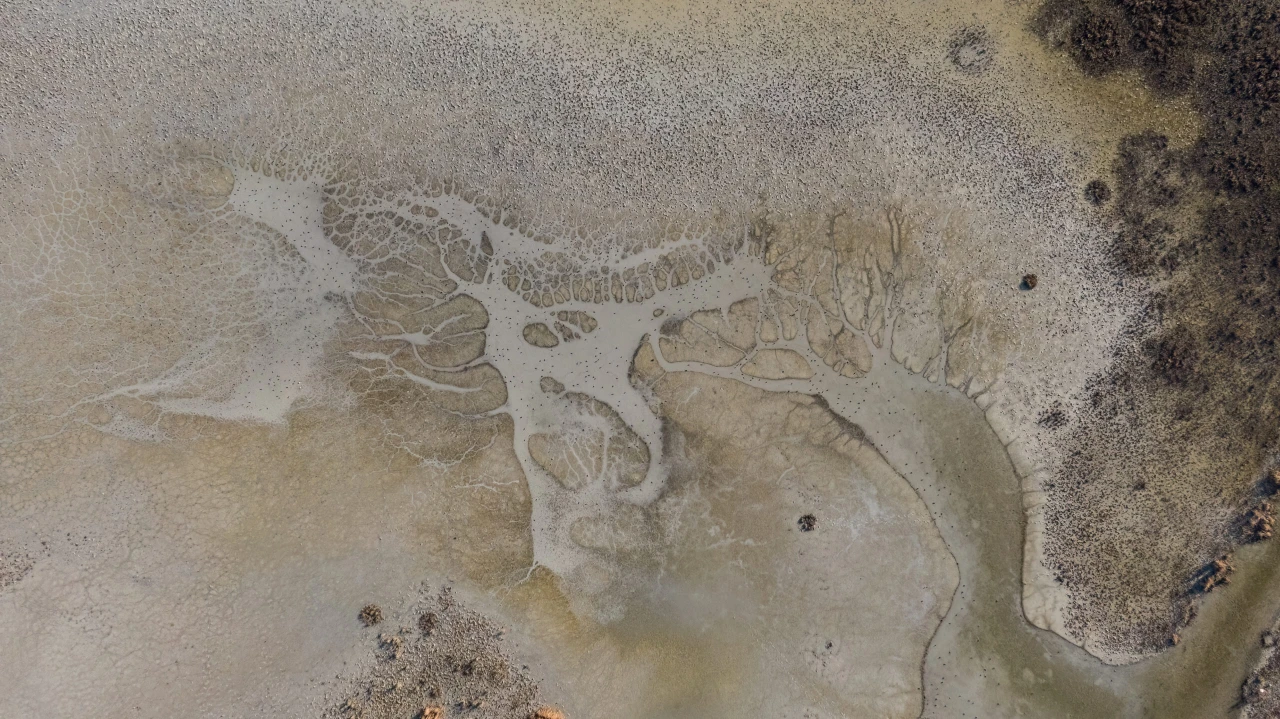Blaundus: Türkiye’s hidden ‘Stonehenge’ and mysterious Mesotimolos
 Ancient city of Blaundus, Usak, Türkiye. (Photo via Slow Travel Guide)
Ancient city of Blaundus, Usak, Türkiye. (Photo via Slow Travel Guide)
Nestled in the breathtaking landscape of Türkiye’s Aegean region, the ancient city of Blaundus stands as a silent witness to civilizations past, beckoning explorers and archaeologists to uncover their secrets.
The sites in Usak province offer visitors a unique glimpse into Türkiye’s rich cultural heritage, drawing comparisons to England’s Stonehenge and showcasing ancient marvels that continue to inspire awe.

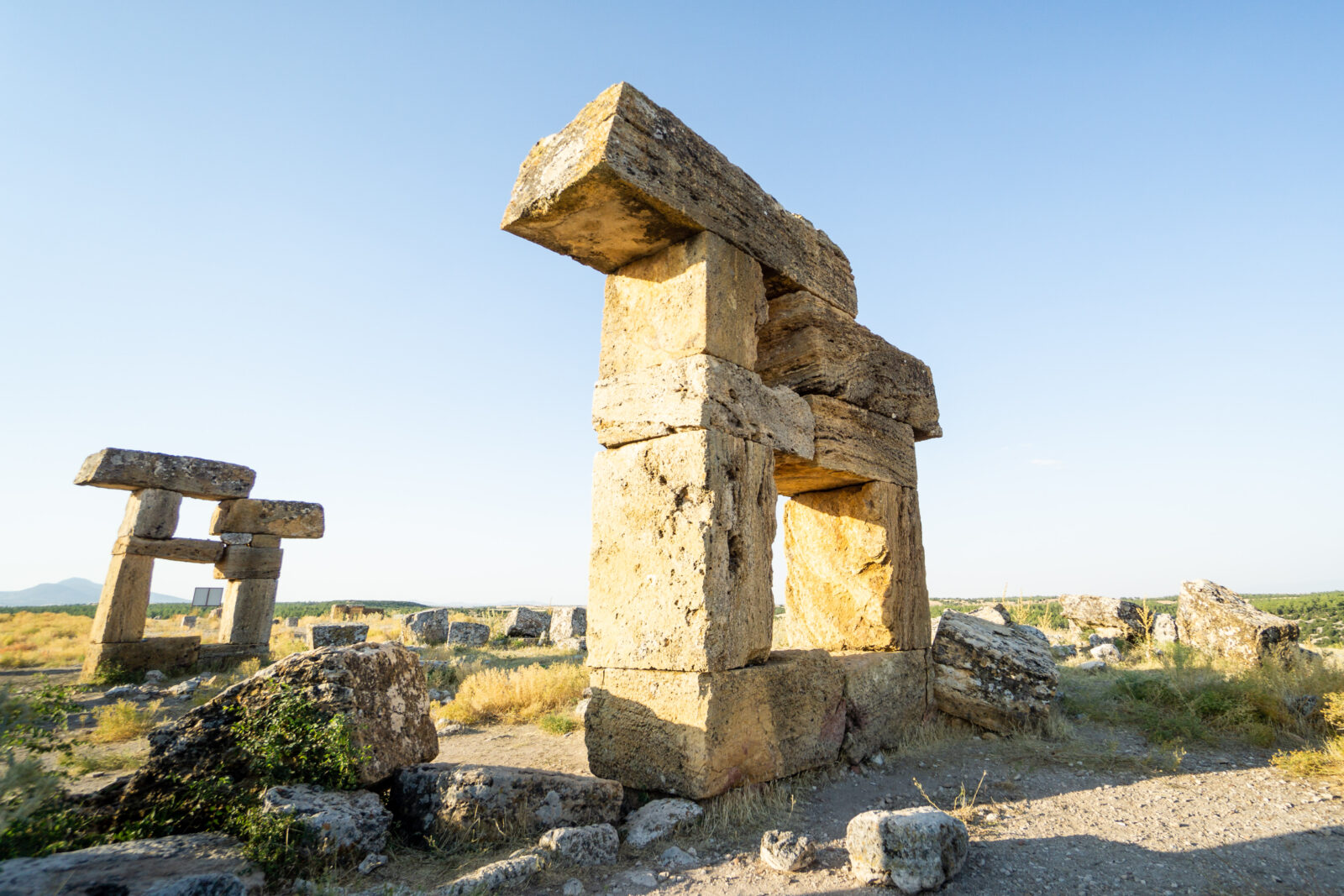
Enigmatic Blaundus: Türkiye’s ‘Stonehenge’
Perched on a high plateau within the scenic Ulubey Canyon, the ancient city of Blaundus, founded by Macedonian settlers after Alexander the Great’s campaigns in 334 B.C., is a lesser-known gem among Türkiye’s historic landscapes. This remarkable site – often likened to Stonehenge – holds massive stone monuments and sprawling ruins that reflect the architectural ambitions of ancient civilizations.
Located just 40 kilometers from Usak, Blaundus was established near the boundary of Phrygia and Lydia, serving as a major cultural and political center through the Roman period.
Blaundus’ enduring mystique lies in its rare architectural preservation. While most Hellenistic sites repurposed materials from earlier buildings, the use of “spolia,” or recycled stones, is minimal here, allowing for a largely intact ancient columned street lined with marble bases and pillars.
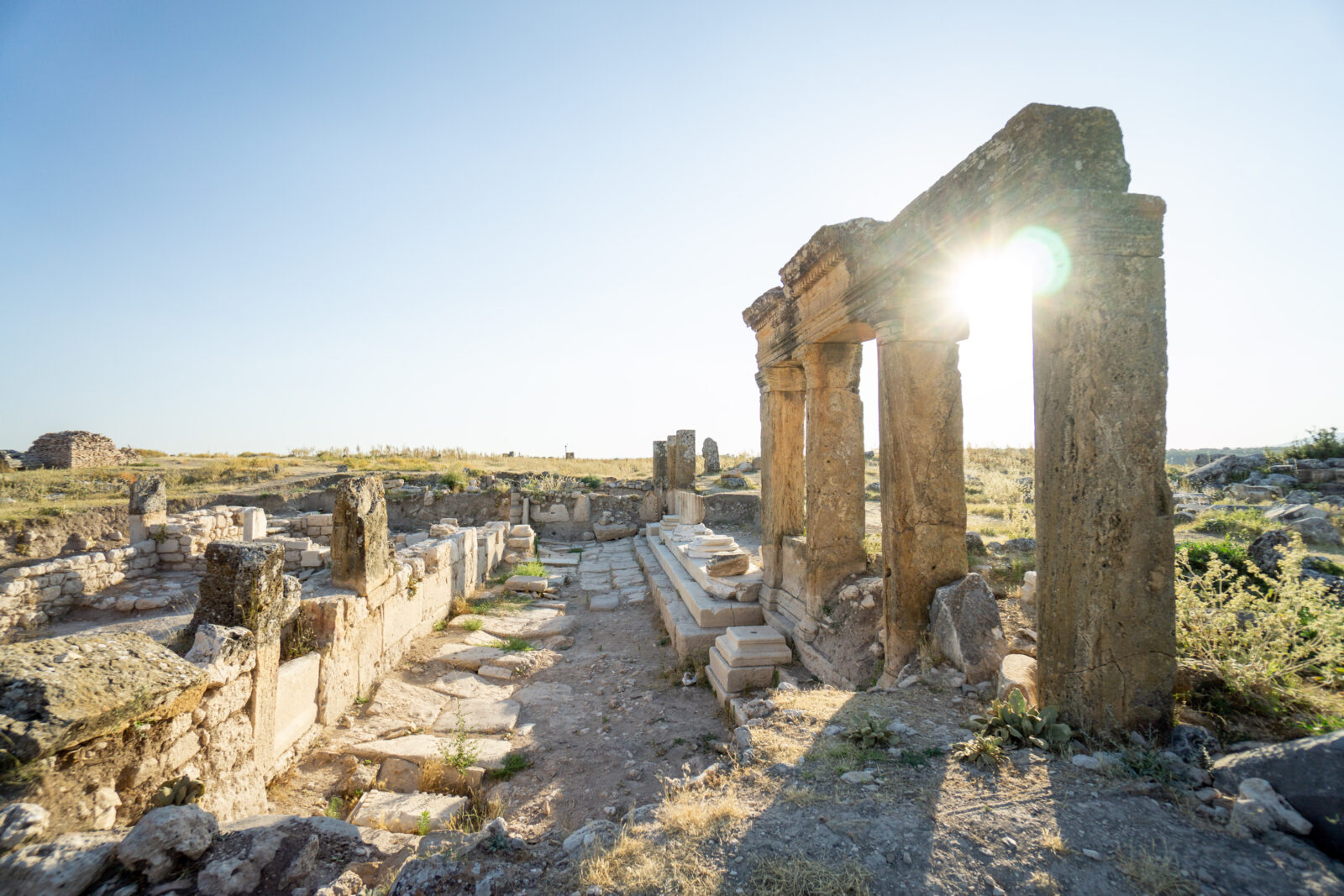
Visitors enter through the city’s original Hellenistic gateway, marveling at its timeless construction and carefully stacked stone blocks. Planned restorations aim to revive the grandeur of this ancient street, offering an immersive journey into history.
At the heart of Blaundus is the Temple of Demeter, the goddess of fertility, dating back to Emperor Claudius’s reign around 50 A.D. Standing proudly on an andesite platform and built from refined white marble, the temple reflects the elegance and durability characteristic of ancient architecture. The structure is a testament to the influence of Roman craftsmanship and the significance of marble, a material favored for its aesthetic appeal and resilience across the ancient world.
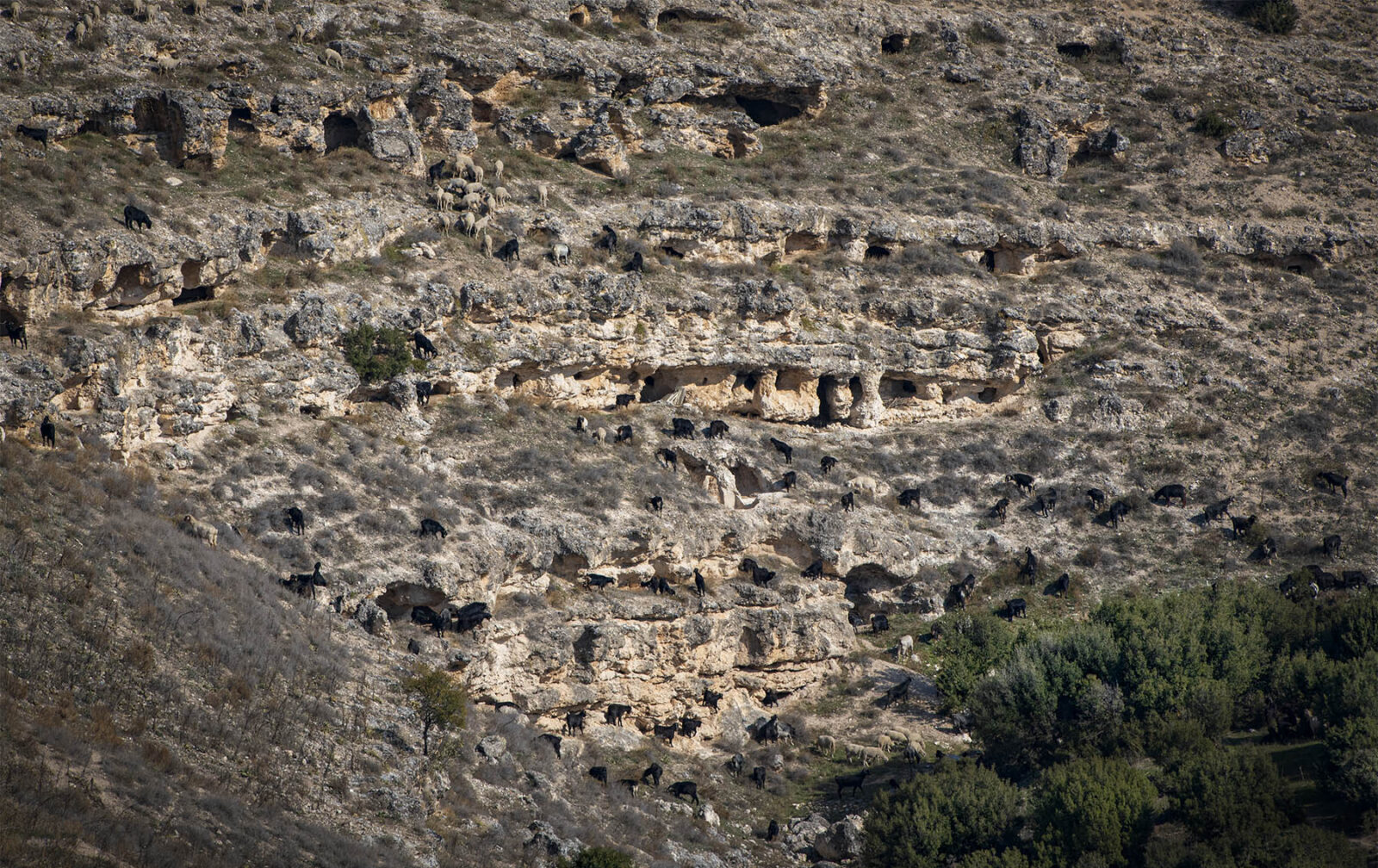
Mesotimolos: Fortress of Lydian heritage
Not far from Blaundus, in the Esme district of Usak, the mysterious Mesotimolos, also known locally as “Kale Tepe,” (Castle Hill) rests near Duzkoy village. This fortress-like site, nestled among volcanic mountains and ancient oak groves, holds traces of a hidden Lydian past.
Known for its rock-cut tombs, cave dwellings, and even fossilized human footprints, Mesotimolos has yet to be fully explored, with experts eager to unearth more about its unique cultural and historical significance.
Though the exact age of the rock tombs is yet to be confirmed, these tombs likely served as the final resting place for an influential figure or high-ranking official. Decorated with intricate lion reliefs, now weathered by centuries of erosion, the site captures the imagination of those who visit, offering a glimpse into a world shrouded in myth and history.

Mesotimolos’s allure lies not only in its ancient remnants but also in its tranquil surroundings, adding to its potential as a beacon for cultural tourism.
Journey through Türkiye’s ancient wonders
As sites like Blaundus and Mesotimolos continue to draw attention from archaeologists and travelers alike, they embody Türkiye’s rich historical landscape. Offering a blend of natural beauty and archaeological marvels, these ancient wonders are poised to become iconic destinations within Türkiye’s cultural heritage scene.
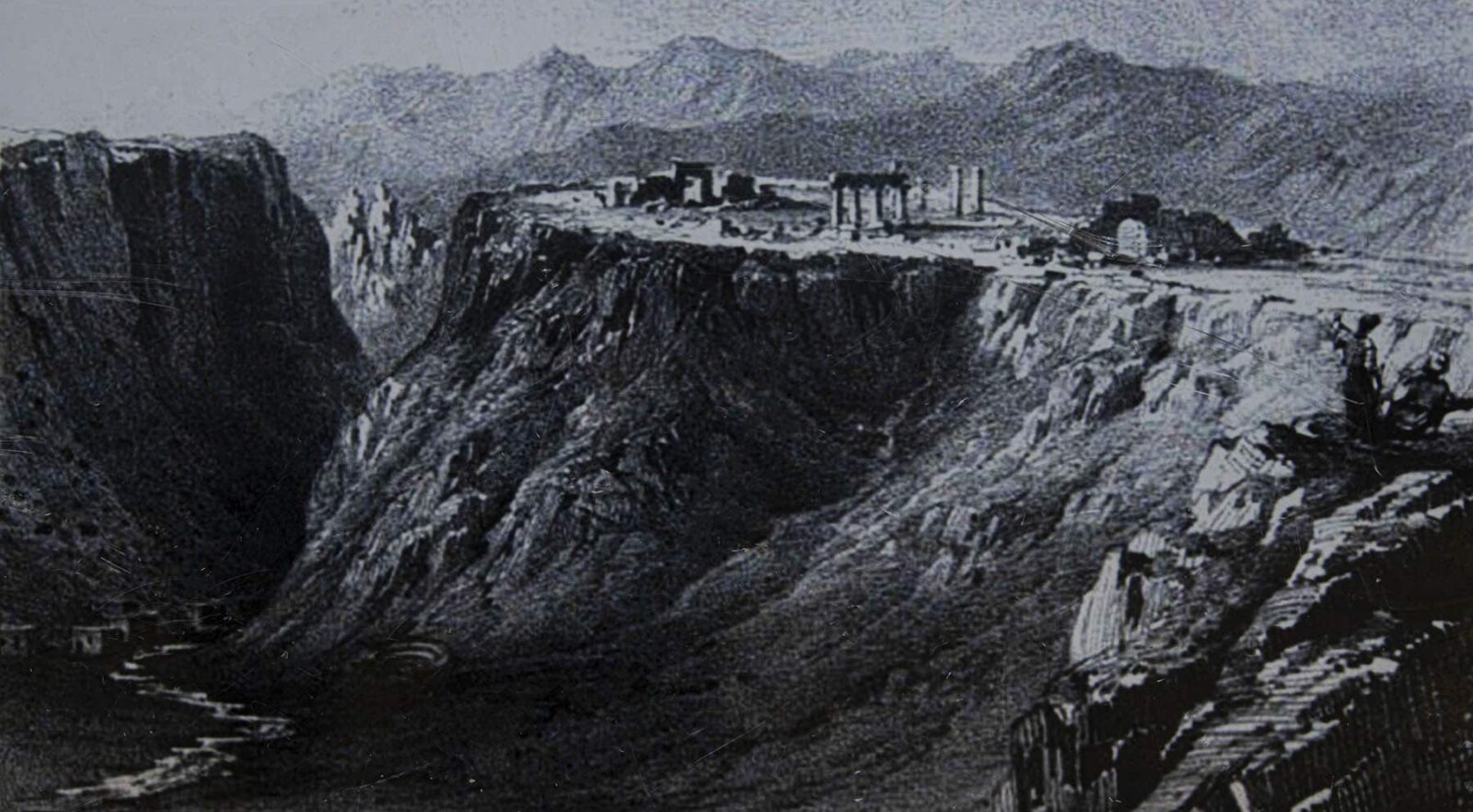
Both cities transport visitors into a realm of ancient splendor, where Türkiye’s landscapes and historical treasures intertwine to create an experience akin to stepping back in time.
Whether captivated by the “Turkish Stonehenge” of Blaundus or the quiet mystique of Mesotimolos, those who venture here find themselves immersed in stories of civilizations long past, enriching Türkiye’s ever-growing allure as a destination of timeless historical intrigue.



